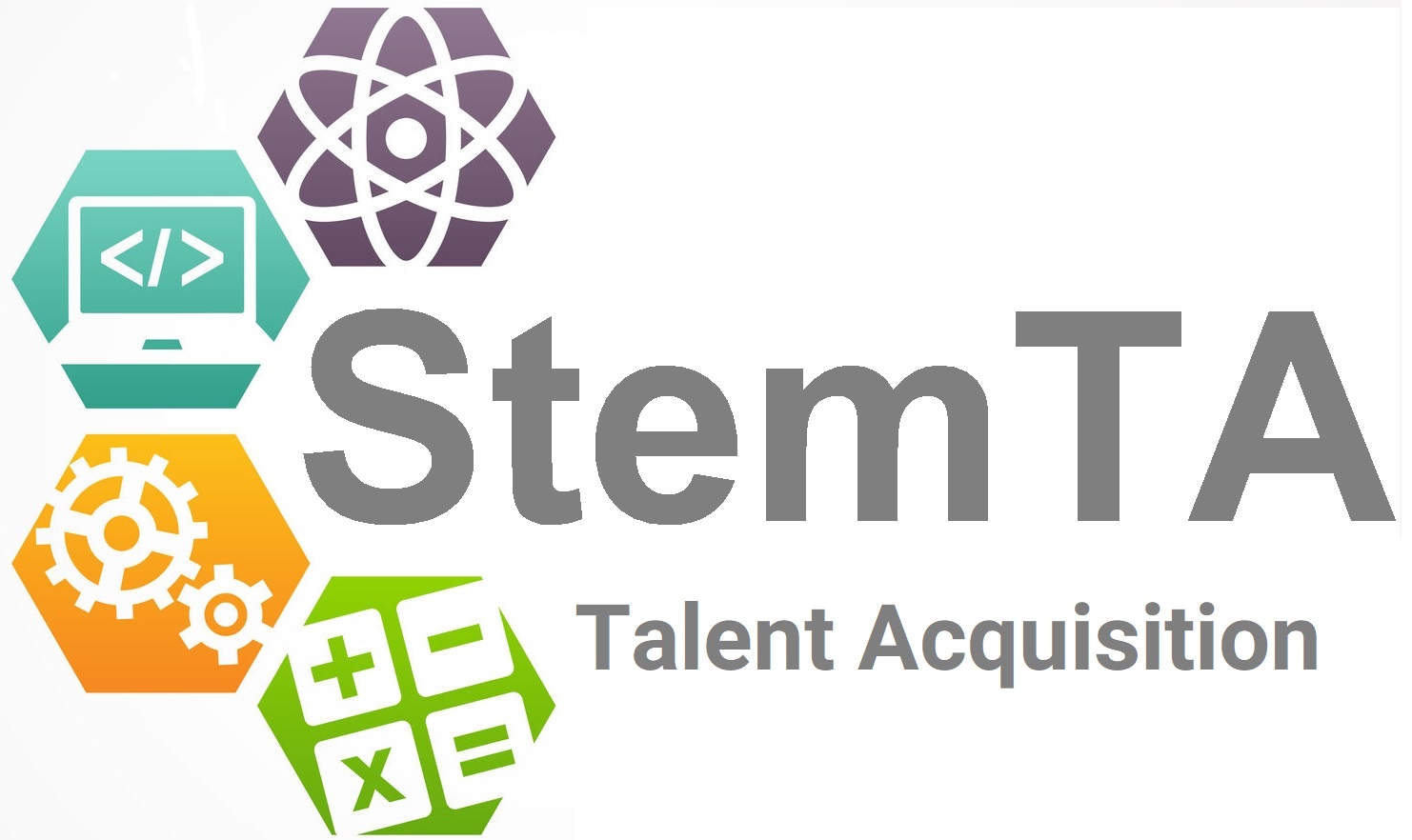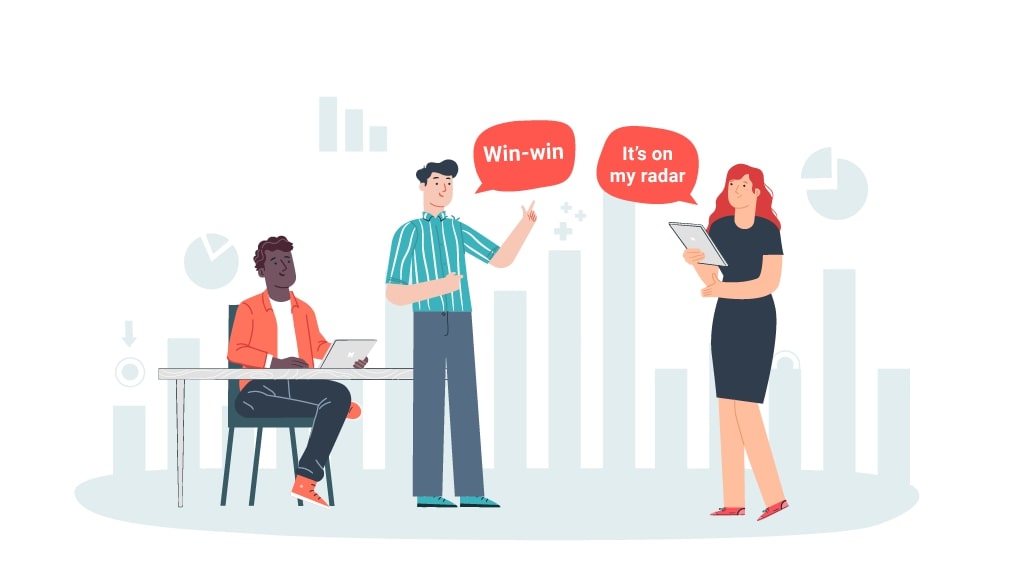Create a ChatGPT-like Chatbot with these Tips

May 9, 2023: New technological advancement is always attention-grabbing. Create a ChatGPT! Data science and its applications have been the front-runner of attention for years. 2023 started strong with OpenAI releasing an AI-based chatbot, ChatGPT. The release of ChatGPT has been thunderous, with everyone using it in different ways, challenging the limits of AI and the chatbot itself. It even triggered other companies like Notion to build better chatbots to challenge and overcome ChatBGT.
Not just companies but also many data scientists, both novices and experts, played with the idea of building their own version of ChatGPT to gain more knowledge and experience in building AI-based chatbots or to challenge and grow their skills. You reading this article means you also thought about making a ChatGPT-like chatbot or are just curious about what it takes to build such a tool.
This article will review the knowledge you need to know to Create a ChatGPT. But before we jump into the technical knowledge we need to develop a chatbot, let’s talk briefly about what it takes to create a ChatGPT.
Since we are considering to Create a ChatGPT-like chatbot, which is a web-based chatbot, we will need to consider two parts when designing and building the chatbot. The front end (how the chatbot looks), what the user will interact with, and the core of the chatbot (the backend), or what we will call the brains of the chatbot.
Let’s dive into some courses to Create a ChatGPT that will give you the knowledge you need to build an AI-based chatbot that looks good and functions well. Then, we suggest a course for each element to get you all the tools you need to Create a ChatGPT.
First, we will start with what it takes to build the looks of the chatbot; the more initiative your chatbot looks, the better the user experience will be. So, what do you know to make a good interface for your chatbot?
UI Design
There are two aspects of how a webpage looks: general aesthetics and the design’s intuitive design. The feeling of the webpage (the chatbot in our case) is the UI (User Interface) design.
When you create a ChatGPT, knowing the fundamental principles of user interface design is essential. This course offered by CalArts will give you an understanding of the fundamentals of UI design.
UX Design
A beautiful design with color is good, but if it’s challenging to navigate, then how it looks will matter little. Here is where knowing the basics of UX (User experience) comes in handy. UX is the art of designing applications that are easy to navigate and use, hence providing a better experience for anyone using that app. For example, if we want to build a good chatbot, it must look good and be easy and intuitive. CalArts also offers a course to help you gain the knowledge you need to create a ChatGPT with good UX.
HTML & CSS
Since we are trying to build a web-based, we need to know how to build web applications. That means we need to know some HTML and CSS. Of course, today, we can use many services to help develop a webpage without writing HTML or CSS.
But knowing them will give you more control of what you’re building and the details of it. This course from CodeAcademy will help you learn the basics of HTML and CSS. Or you can check out this guided project from Coursera that you can get done in under 2 hours.
Now that we designed how the chatbot looks, let’s get into building its brains. We want to build an AI-based chatbot, so we must master the basics of data science, programming, and AI. We can divide the brains of ChatGPT into two sections, the basics of data science and the core of chatbots. Now let’s look at each of those in a bit of detail.
Create a ChatGPT – The Fundamentals of Data Science
Programming and Math
Data science and all its applications are based on some math knowledge (probability theory and linear algebra) and programming. However, if you already know the basics of data science, you can skip this step and move to the core of building the heart of the chatbots section.
If ChatGPT got you curious about starting your journey in data science applications, this course by Harvard University would help you get your foot in by providing the math and programming knowledge you need to begin building chatbots!
Machine Learning
Once you’re comfortable writing code and know some math, we can now move on to one of the fundamental building blocks of any data science application, machine learning. Machine learning is a collection of algorithms and techniques used to make computers smarter. You can learn the basics of machine learning using this course from Stanford University.
The Core of Chatbots
Chatbots, a subset of data science known as natural language processing (NLP), aim to create conversational systems for users. Chatbots can be categorized based on their main functionality into three types:
- Simple NLP Chatbots: These are basic chatbots designed for simple conversations with users. They provide straightforward interactions and responses.
- Task-oriented Chatbots: Task-oriented chatbots are often employed to address users’ specific problems or queries. They are commonly found as support bots on websites, assisting users with their inquiries or providing relevant information.
- Intelligent Chatbots: Intelligent chatbots simulate and predict user interactions with the user interface (UI). They aim to create a more sophisticated and human-like conversational experience. ChatGPT, for example, incorporates elements from all three types.
To build an AI-based chatbot, it is essential to have a solid understanding of natural language processing (NLP), artificial intelligence (AI), and the fundamental principles of chatbot development.
Natural Language Processing
If you’re looking to become comfortable with natural language processing (NLP) and gain a solid understanding of its fundamentals and applications, including chatbots, this Udemy course is an excellent choice.
Chatbot Basics
Understanding the basics of NLP is the first crucial step towards building a chatbot. Once you have a grasp of the fundamentals, you can delve deeper into the intricacies of designing and constructing chatbots, utilizing the knowledge gained from this course.
Artificial Intelligence
To create a chatbot that feels realistic and engages users in meaningful conversations, it needs to possess intelligence or simulate human-like intelligence. This requires the application of artificial intelligence (AI) techniques. The course offered by DeepLearning.AI covers the essential principles of AI and demonstrates how to leverage AI in building chatbots.
The recent media spotlight on ChatGPT highlights the incredible power of technology. It serves as a testament to our ability to develop remarkable tools that simplify our lives and inspire us to achieve even greater feats.
The emergence of ChatGPT has piqued the curiosity of individuals from both tech and non-tech backgrounds, eager to unravel the secrets behind its creation. While some may perceive the development of such a tool as complex, the core process of building a chatbot is more straightforward than it may initially appear.
This article has provided insights into the knowledge required to build a ChatGPT-like chatbot. So, the next time you have a free weekend, why not embark on the journey of building your own chatbot? Perhaps your creation will be the one that competes with ChatGPT itself! Make sure to review ChatGPT jobs on Stemta!



